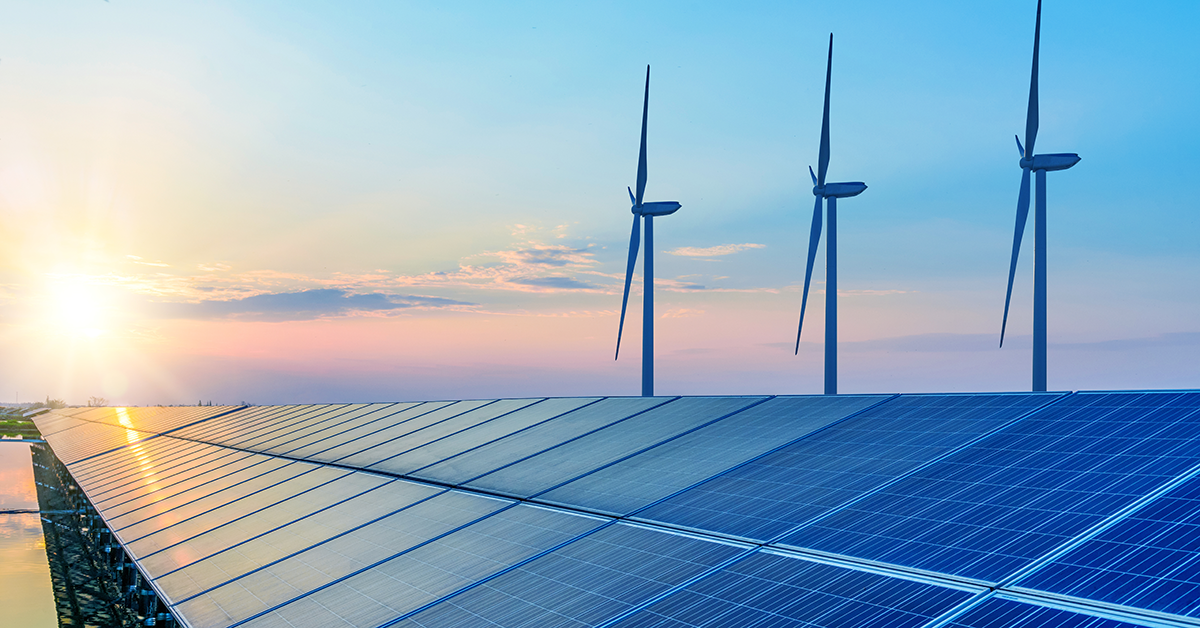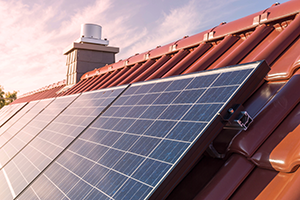Our 2025 Sustainability Report is here! Dive in.
The Future of Energy
December 19, 2019 •Franklin Energy

California is on the verge of a major redesign in terms of the way utility customers manage and consume energy. With a surge in the adoption of smart houses filled with smart appliances, it’s only natural for customers to demand connection to a smart grid. But what does that mean for the future of energy generation, distribution and use?
The energy system of the future puts the customer in the center of the grid. It focuses on allowing residents and business owners to choose where and how they obtain their power, including the use of electric vehicles (EVs) to power their homes.
The next 10 years will see California’s continued focus on building and integrating grid resources through customer education and engagement. While customers were once passive players in the utility market, the success of the smart grid is reliant upon consumers taking a more active role in managing their energy use. Utilities will need to simplify the process, encouraging customers to understand and take ownership of time-of-use rates and new distributed energy resources (DER) such as solar, EV and battery storage. The key for customer engagement in DER is an understanding of how these resources will impact bills as well as energy quality and availability. Considering the public safety power shutoffs currently affecting a large portion of the state, there is no better time than now for streamlining engagement and education to spur action.
resources through customer education and engagement. While customers were once passive players in the utility market, the success of the smart grid is reliant upon consumers taking a more active role in managing their energy use. Utilities will need to simplify the process, encouraging customers to understand and take ownership of time-of-use rates and new distributed energy resources (DER) such as solar, EV and battery storage. The key for customer engagement in DER is an understanding of how these resources will impact bills as well as energy quality and availability. Considering the public safety power shutoffs currently affecting a large portion of the state, there is no better time than now for streamlining engagement and education to spur action.
Send this blog to a colleague!
Individual ownership of DER means micro-grids will become increasingly commonplace, with families generating their own power through rooftop solar panels and storing excess in batteries. These same consumers will have the ability to store power in their electric vehicles  and use the excess to replenish their home energy storage in times of shortage. What’s more, this excess energy can be sold back to the grid while vehicles sit idle.
and use the excess to replenish their home energy storage in times of shortage. What’s more, this excess energy can be sold back to the grid while vehicles sit idle.
Once the resources are built through customer engagement and streamlining the technology adoption process, utility-driven programs featuring marketplaces, trade ally engagement and management portals will evolve. Data analytics with real-time reporting features will become front and center. Utilities and customers alike will embrace the value and health of each micro-grid resource and the customers pioneering the effort. While data analytics is certainly an important part of the customer engagement story today, it will become more important than ever in the future, when customers have taken more control of their energy generation.
Regarding utilities, integrated platforms for a uniform customer experience and impactful messaging will become a standard expectation. With one-touch access from a smart-home control system, customers will be aware of utility programs, understand their current program enrollments and gain a sense of the next best opportunity for their energy usage. Ultimately, customer engagement will become a win-win for both the customer and the utility, motivating change through success and smart grid technology.

